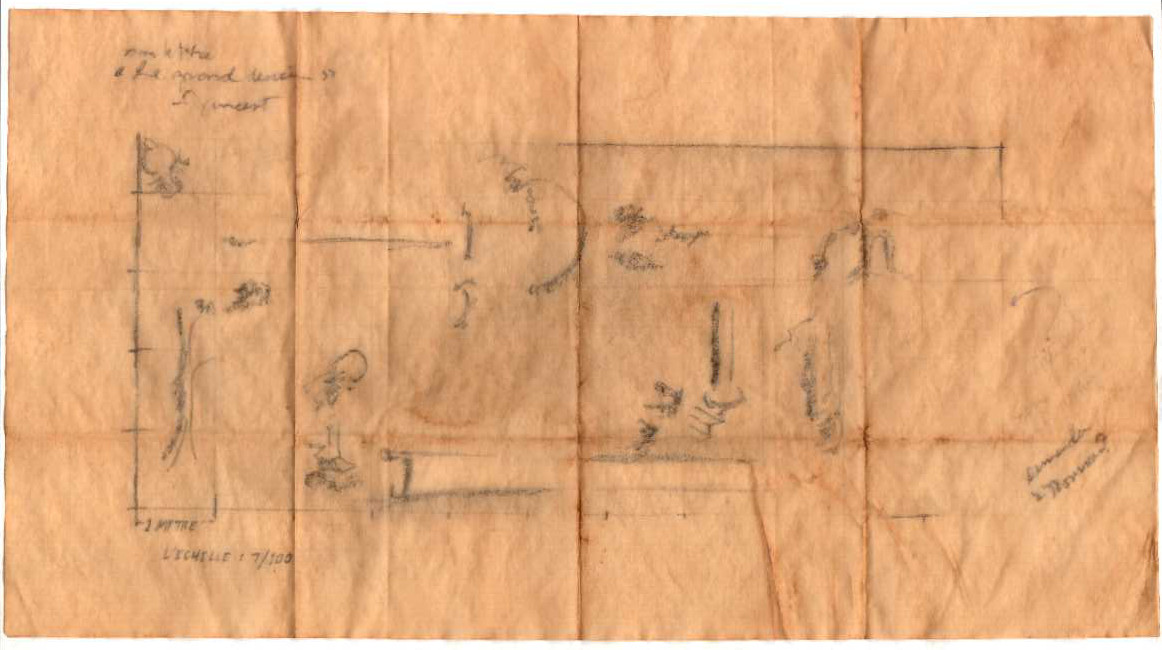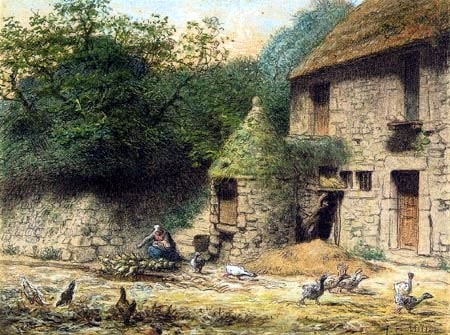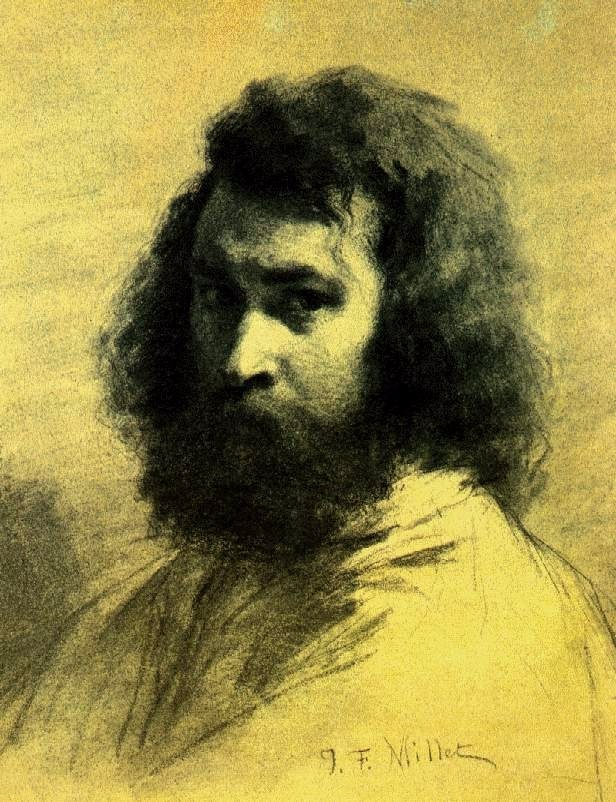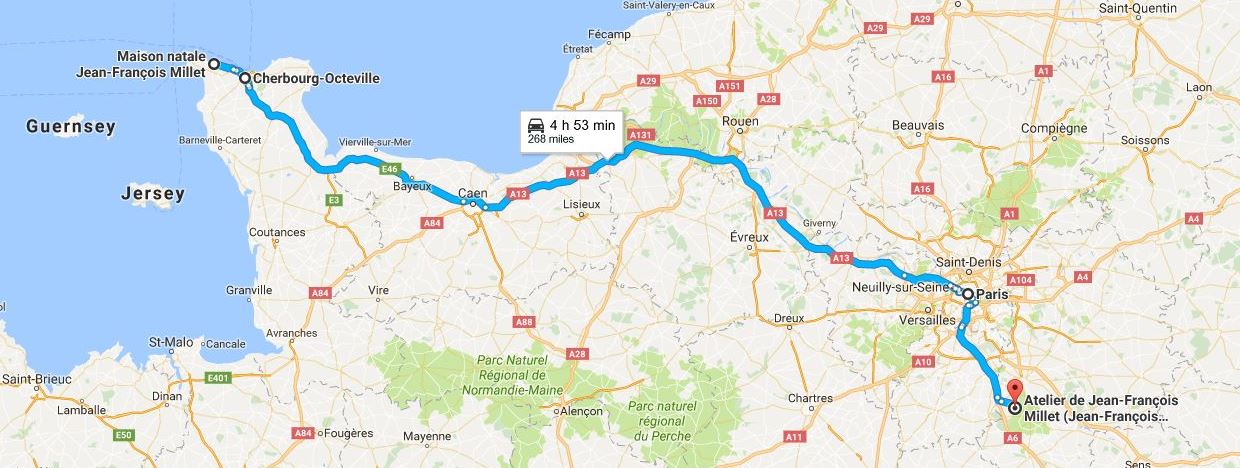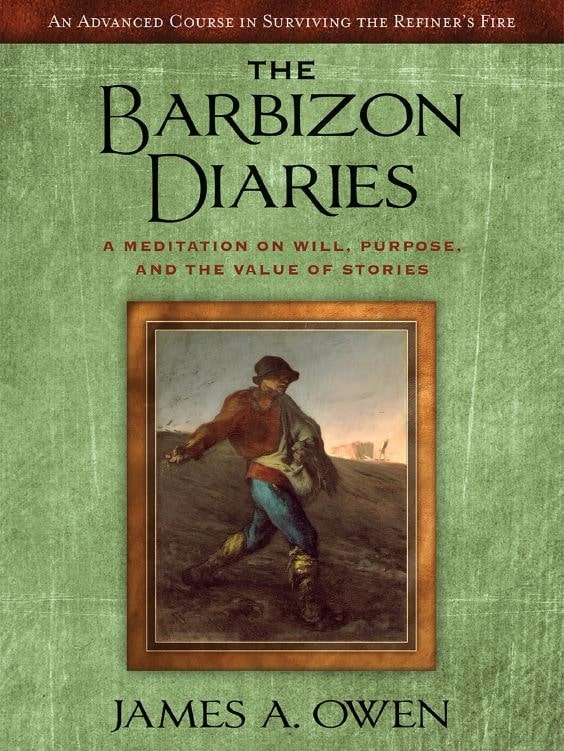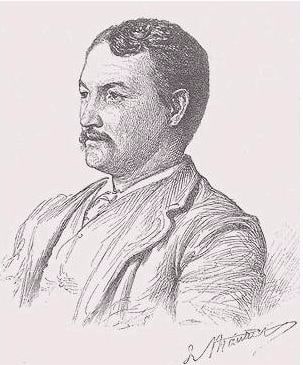“As far as Artimus knew, his would be the first attempt to actually recreate the cartoon as an authentic fresco. This was no small undertaking, nor was it a temporary commitment. A fresco was created by covering a large surface, usually a wall, in fresh plaster. The pigments would then be applied directly to the wall while the plaster was wet. Done improperly, the work could mildew if the mix was too wet, or reject the pigment and flake if it was too dry. Worse, the colors might shift as the plaster dried.”
—James A. Owen, The Barbizon Diaries
One of my first questions when contemplating any possible truth behind the legend of The Millet Fresco is this: Who among the assembled artists had the skill to make a fresco?
In The Dictionary of Art (Vol 11, Grove 1996), Jane Turner corroborates Owen’s description of the process. Turner also says that the artist generally employed a team of workmen:
“Fresco painting was technically demanding and was usually carried out on a large scale, so the painter had to be accurate in drawing up his composition and capable of organizing a team of skilled hands, from the masons to the assistant painters who were assigned the less important parts of the work.” (p. 760)
The description seems the antithesis of the lone landscape painter in a straw hat, easel strapped over a shoulder, box of paints in hand, ambling along a country road to a favorite meadow with a pleasant view.
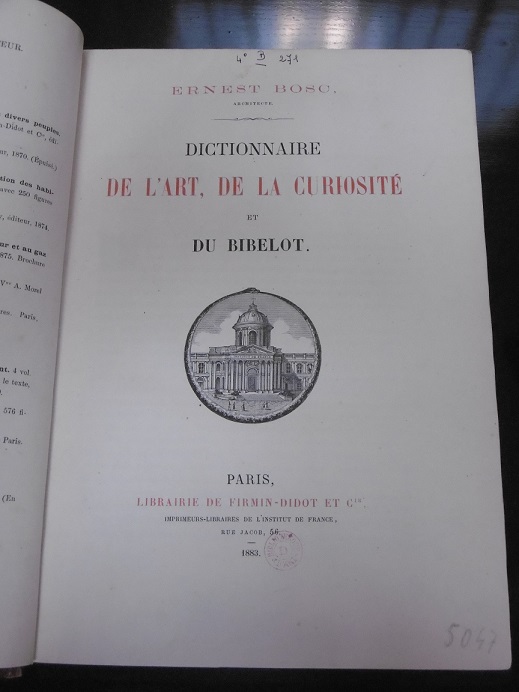 Not that it wouldn’t have been possible for any of the Barbizon painters to attempt such a work. They were all trained artists. Only I had hoped to find one of them had particular experience in fresco painting—or at least a mentor who did, so as to make a convenient target for further study. Cursory research into the lives of the principle characters mentioned in the legend reveals no obvious connection to any fresco painters.
Not that it wouldn’t have been possible for any of the Barbizon painters to attempt such a work. They were all trained artists. Only I had hoped to find one of them had particular experience in fresco painting—or at least a mentor who did, so as to make a convenient target for further study. Cursory research into the lives of the principle characters mentioned in the legend reveals no obvious connection to any fresco painters.
The easiest way to avoid the question is to assume that when they spoke of a fresco the Barbizon painters referred to any kind of mural, no matter the technique.
The Dictionnaire historique de la langue française (Alain Rey, 1992) summarizes the origin of the French word and its evolution. In French, the term peinture à fresque [pronounced fresk] was borrowed in 1550 from the Italian dipingere a fresco, literally: painting freshly.
(In English the awkward literal translation painting freshly is replaced by painting in fresco. This is not the same as alfresco, also from Italian, which is used for dining as well as painting outdoors.)
By 1669, the French word fresque was used alone to indicate a mural painted with pigment on fresh plaster. Then, as soon as the end of the next decade (1680), though technically incorrect, fresque as any large wall painting came into general usage.
Furthermore, writing in the 1880s—thus contemporary to our would-be fresco painters—French architect Ernest Bosc describes the pigment on fresh plaster method. However, Bosc then goes on to say, “By extension, we use this term for wall paintings using encaustic (beeswax and resin) or wax, oil paint or by stereochromy.” (Dictionnaire de l’art. Firmin-Didot 1883. Translation mine)
So it’s within the realm of possibility that the Barbizon painters planned to make a mural using techniques more familiar to them.
However, in The Barbizon Diaries as well as in my discussions with the author, James Owen insists that, according to the legend told to him by his Uncle Clair, the work was to be a real fresco, pigment on fresh plaster. Supposedly, its difficulty is the reason Millet had refused earlier requests to undertake such an endeavor.
Therefore, in my research, I’ll keep an open mind and allow both possibilities: a pigment-on-fresh-plaster fresco as well as any other large wall painting.
As a side note, I find it as ironic as it is appropriate that these Realist painters, rebels against Neoclassicism, would choose to produce a monumental work in a classical medium.

Hemicycle d’honneur by Paul Delaroche, 1837-41
This fresco à la cire (wax) covers a hemi-circular wall approximately 15 feet high, 80 feet wide at l’École des baux arts in Paris—our next stop on A Pilgrimage to Barbizon.
___
Sources:
The Dictionary of Art, Vol. 11. Jane Turner, editor. New York: Grove, 1996.
Dictionnaire historique de la langue française (Historical Dictionary of the French Language). Alain Rey, editor. Paris: Dictionnaires Le Robert, 1992.
Dictionnaire de l’art, de la curiosité et du bibelot (Dictionary of Art, Curiosity, and Ornament). Ernest Bosc, editor. Paris: Librairie de Firmin-Didot et Cie., 1883.
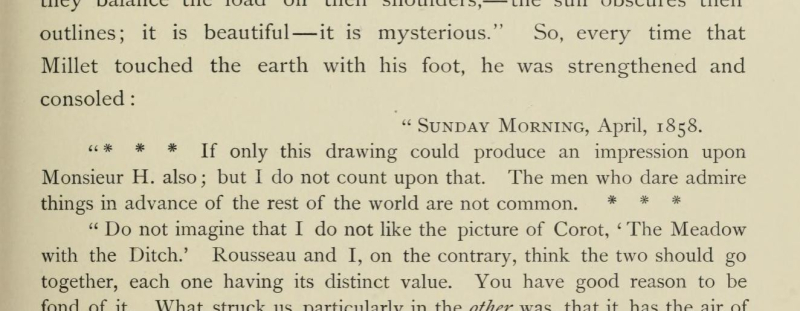
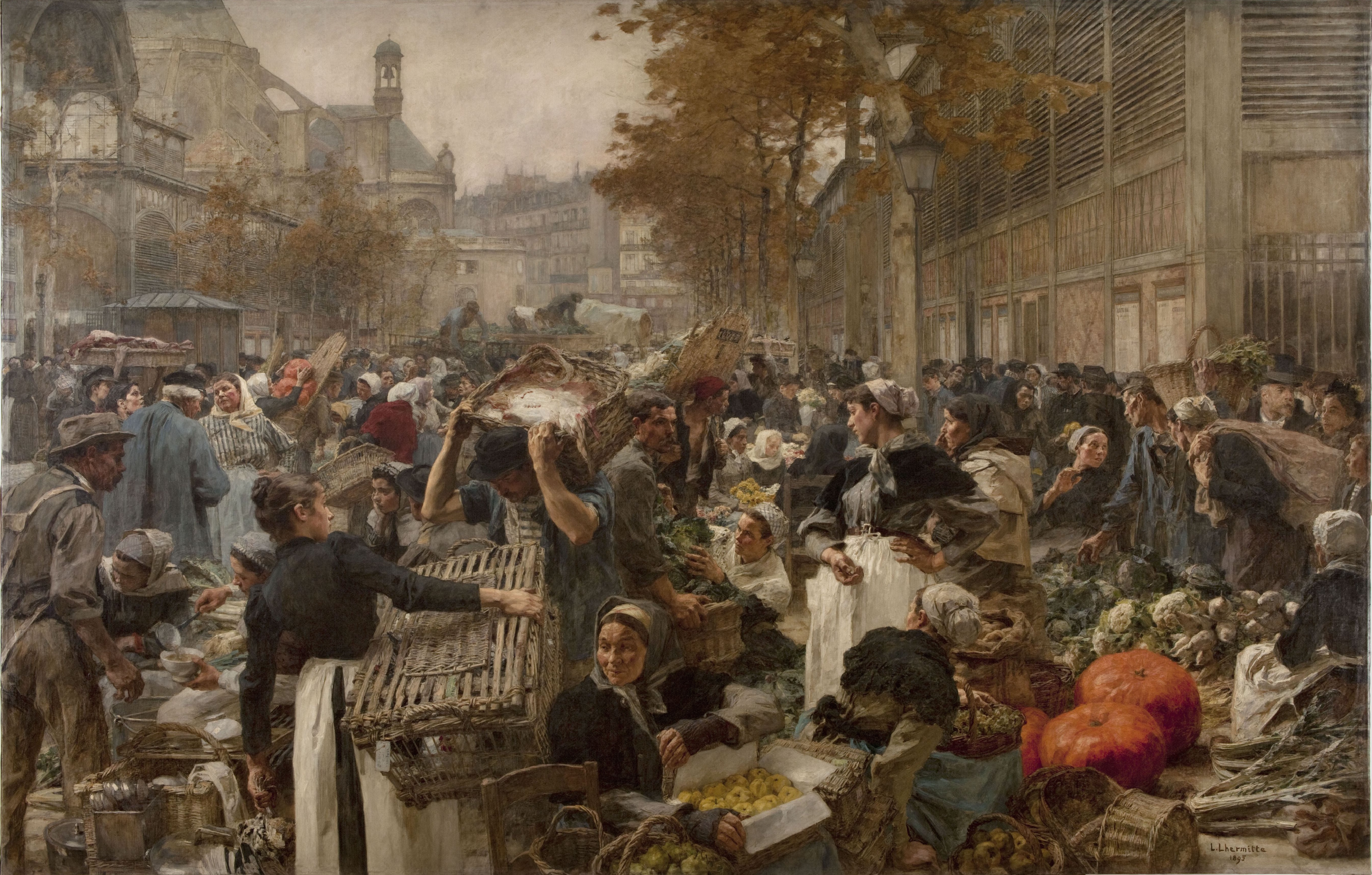
 Not that it wouldn’t have been possible for any of the Barbizon painters to attempt such a work. They were all trained artists. Only I had hoped to find one of them had particular experience in fresco painting—or at least a mentor who did, so as to make a convenient target for further study. Cursory research into the lives of the principle characters mentioned in the legend reveals no obvious connection to any fresco painters.
Not that it wouldn’t have been possible for any of the Barbizon painters to attempt such a work. They were all trained artists. Only I had hoped to find one of them had particular experience in fresco painting—or at least a mentor who did, so as to make a convenient target for further study. Cursory research into the lives of the principle characters mentioned in the legend reveals no obvious connection to any fresco painters.
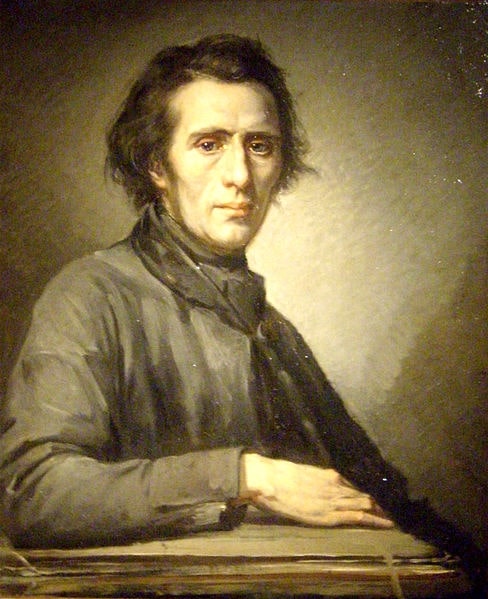
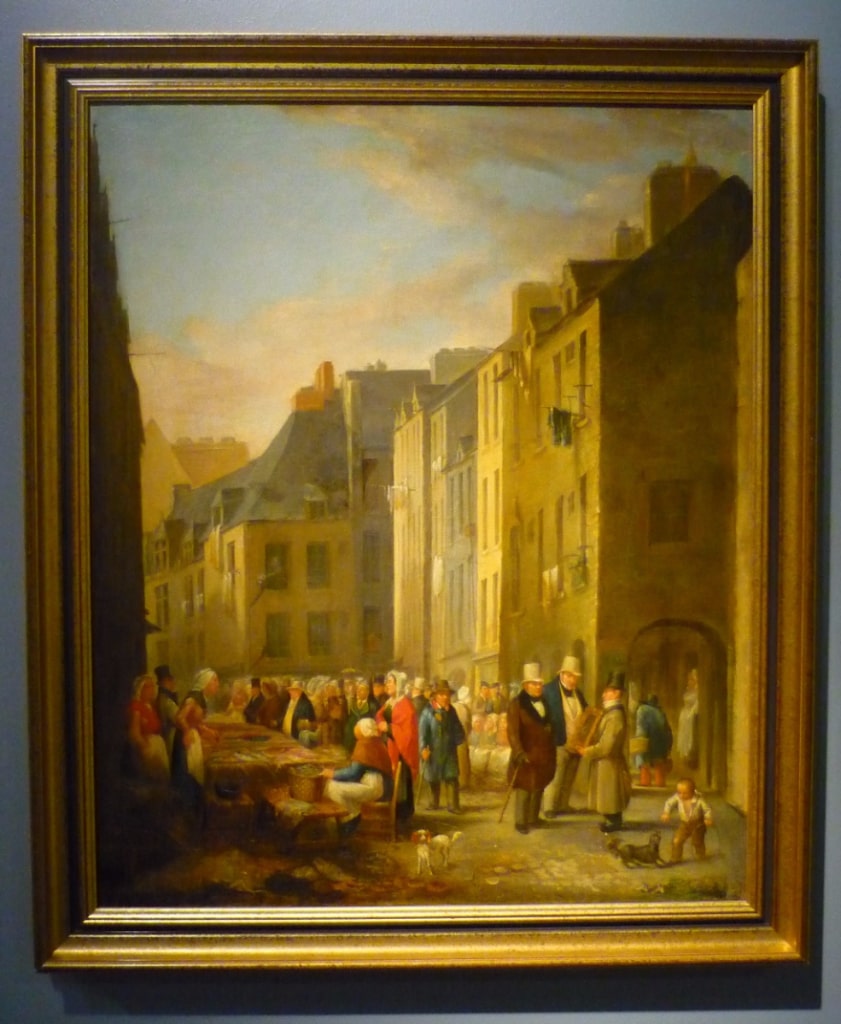
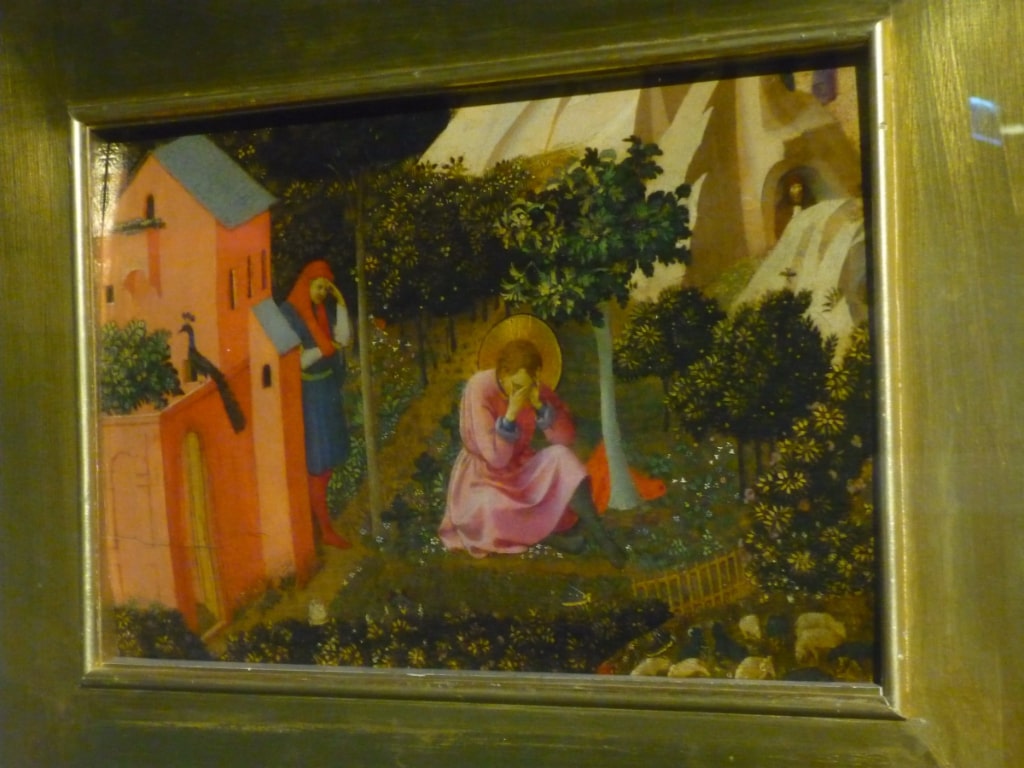
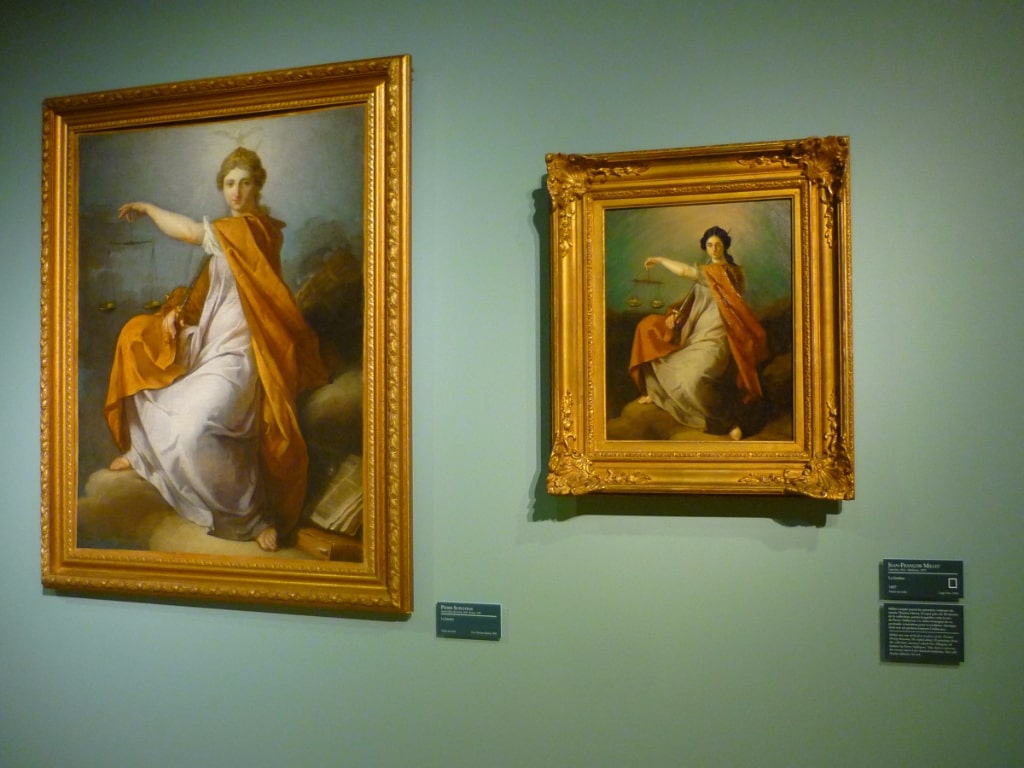
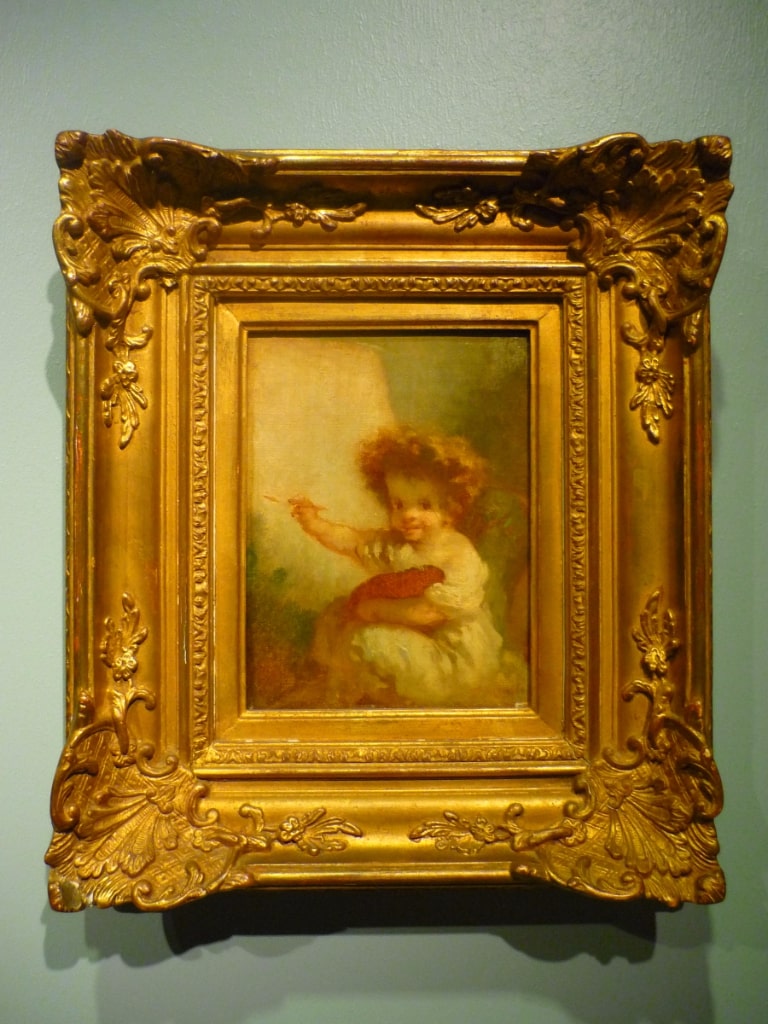
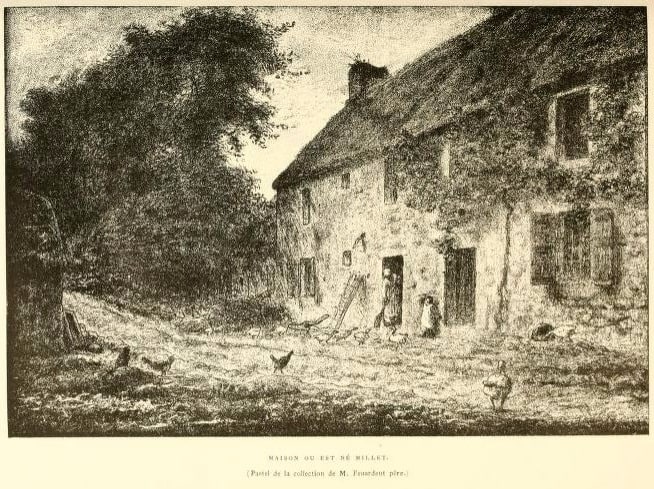
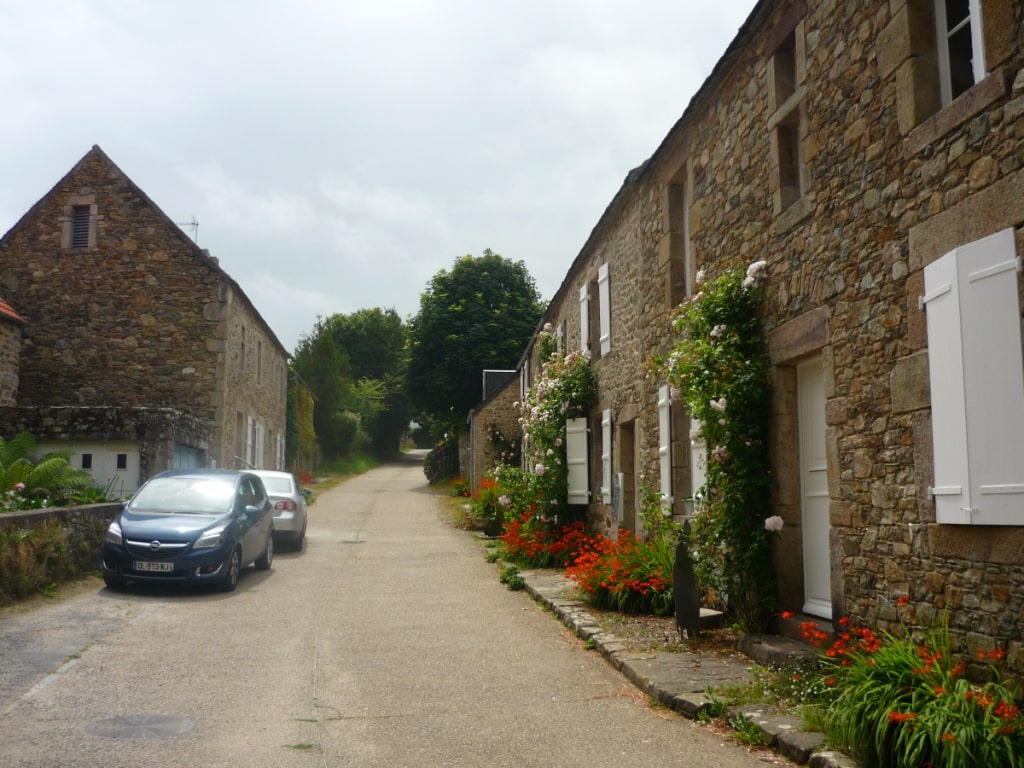
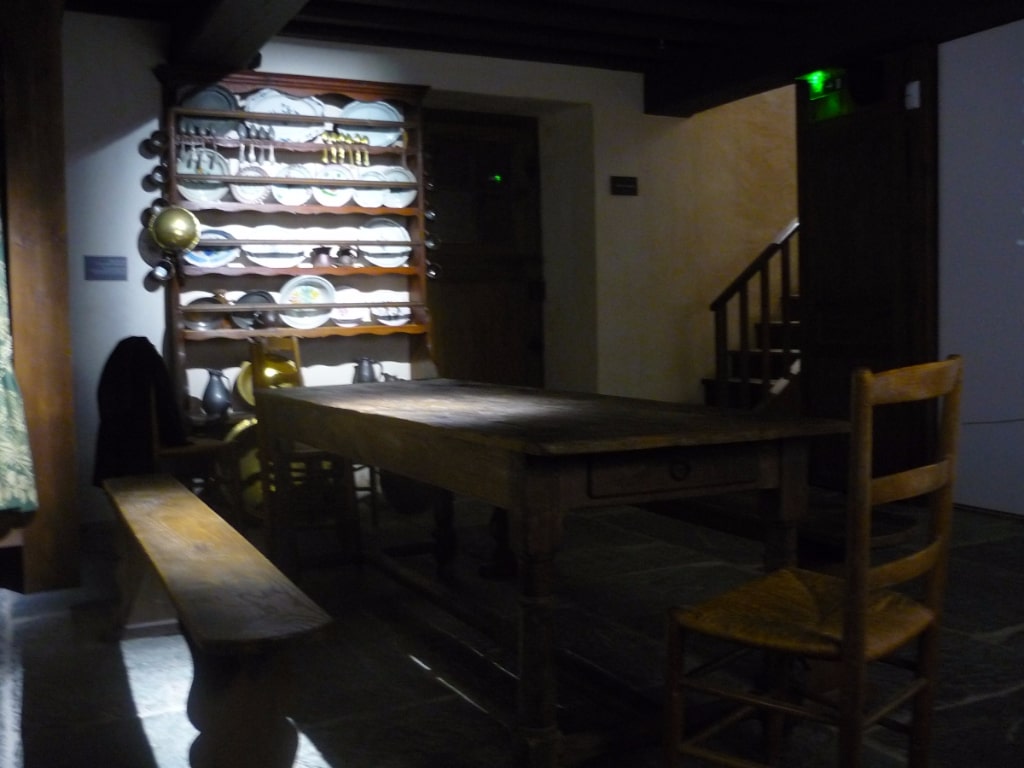
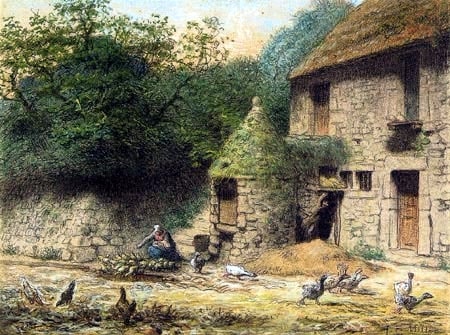
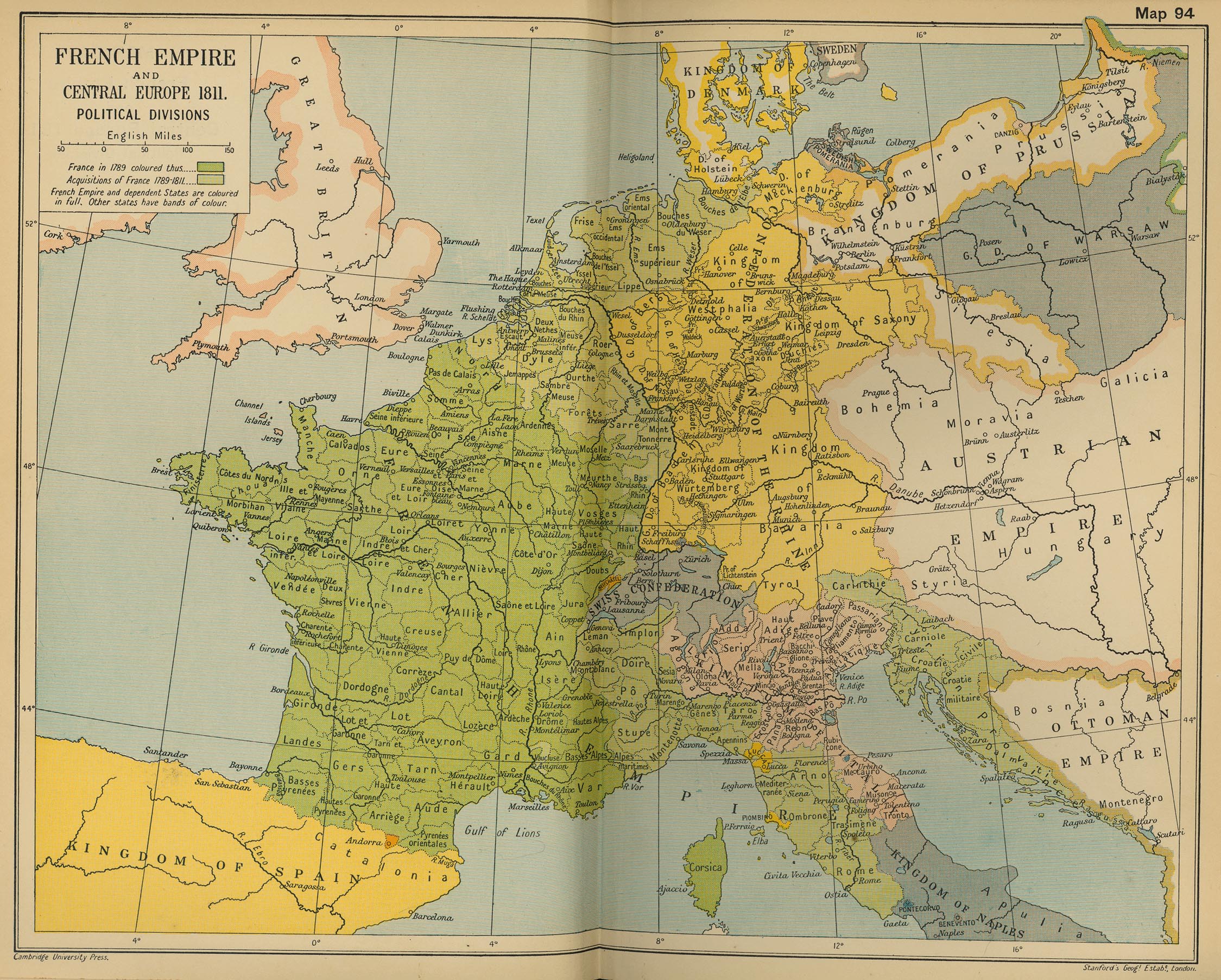
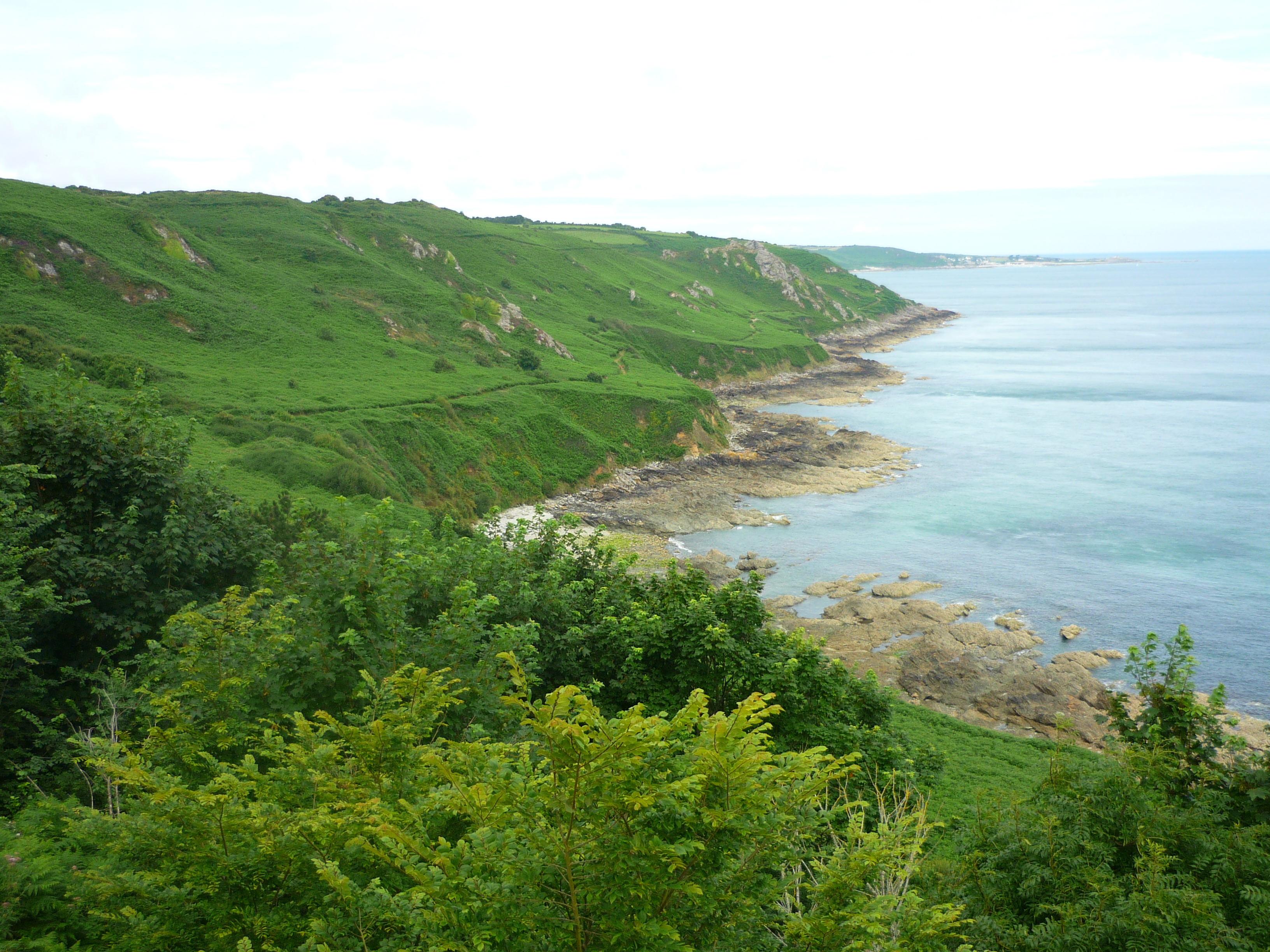 On the Normandy coast near Gruchy wind and rain are not uncommon in any season; late July 2016, this was the day’s best weather
On the Normandy coast near Gruchy wind and rain are not uncommon in any season; late July 2016, this was the day’s best weather